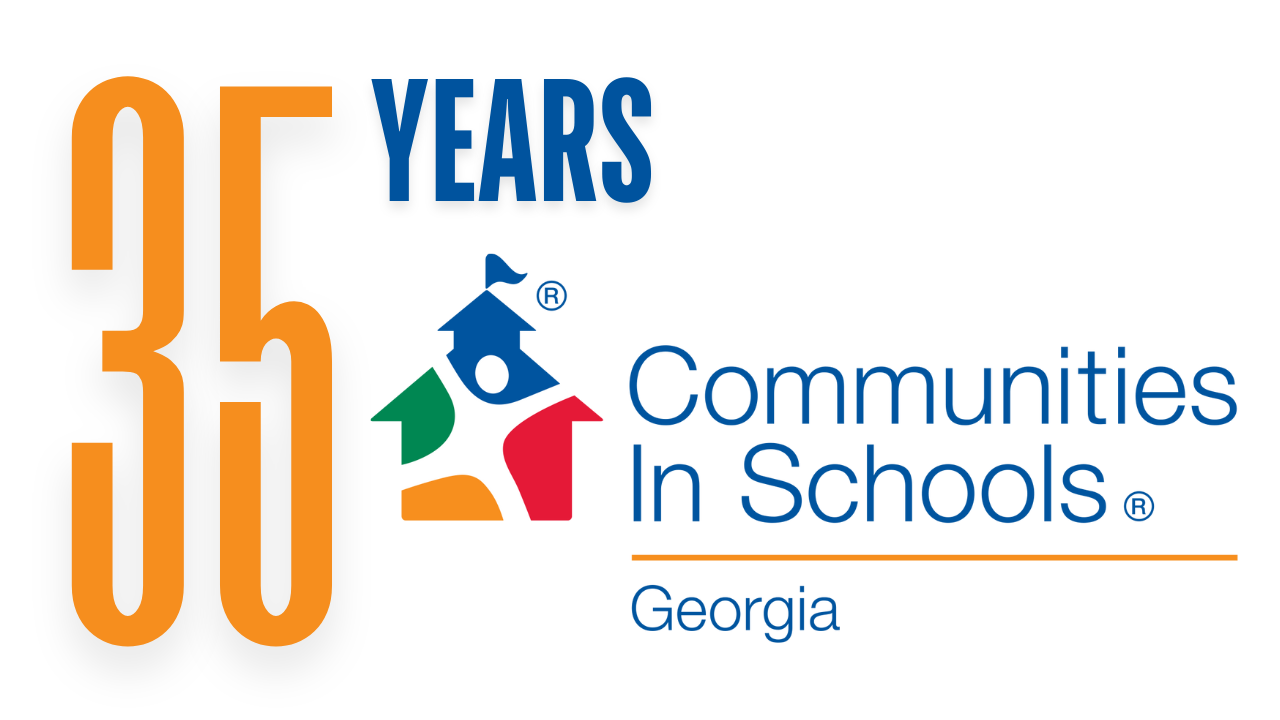 As the country continues to discuss issues of poverty and the correlation it has to America’s children, I think about how we can turn negative impacts of poverty and inequality in schools into positive outcomes for children. Statistics show that one in every five children in America lives in poverty and more than 60% of 4th, 8th, and 12th grade public school students are reading or studying math below grade level. Many of these students are in the dropout pipeline, but we can turn the statistics around through opportunities that involve serious discussions to actively seek more “realistic” education solutions and a multi-level community approach for implementation.
As the country continues to discuss issues of poverty and the correlation it has to America’s children, I think about how we can turn negative impacts of poverty and inequality in schools into positive outcomes for children. Statistics show that one in every five children in America lives in poverty and more than 60% of 4th, 8th, and 12th grade public school students are reading or studying math below grade level. Many of these students are in the dropout pipeline, but we can turn the statistics around through opportunities that involve serious discussions to actively seek more “realistic” education solutions and a multi-level community approach for implementation.
Opportunities are waiting for us around every corner if we first change our attitude about children in the dropout pipeline. Every child is valuable. It’s not just a school problem, and they should not be asked to find solutions alone. It should be everyone’s concern because we’re all paying the cost through lost tax revenue, more expensive health and increased costs for social services and crime prevention.
It’s no secret that our prisons are filled with dropouts. In fact, many states spend nearly two times more a year for prisoners than it costs to provide K-12 education. Throughout the country, including Georgia, these dropouts cost millions yearly in foregone revenue due to increased taxes to support unemployed and underemployed citizens, more expensive health and social services and increased costs for crime prevention and incarceration. It’s pay now or pay later. It’s time to start investing on the front end for better results.
One thing I learned after 20 years of working with and on behalf of at-risk kids is you can help unlock their potential, provide hope for a successful future and increase graduation rates through a community approach of delivering integrated student services. The services could be anything from providing mentors, tutors, food bank referrals, family counseling and healthcare referrals, to name a few. If these resources are delivered at the right time through caring adults, positive transformation is the likely outcome. We may have to work harder on ensuring the adults who are caring for at-risk kids are involved in the process, but positive outcomes are possible when students in need receive free or low-cost community resources and assistance.
I believe in the saying that it takes a village to raise a child. And I know we can produce better outcomes for students if we take the politics out of discussions regarding how to improve graduation rates and work together to prepare our students for the global economy. Let’s look for more opportunities to bring local parents, community businesses to the table with school staffs, education advocates like CIS and others to discuss different ways to deliver services to struggling students. The start could be serious discussions regarding Common Core Standards and other education initiatives, determine how they can benefit all children and institute modifications that can be made for implementation instead of outright opposition with no credible suggestions for better solutions.
As the president of Communities In Schools of Georgia, I plan to look for different opportunities to partner with local communities to produce better outcomes for students. Let’s all get started today turning inequality into opportunities by opening up honest dialogue with the intent of finding realistic education solutions. The beginning step is opening your mind to the idea that we all have a stake in turning poverty and inequality in schools into opportunities to improve the lives and futures for disadvantaged kids in need of a helping hand.
